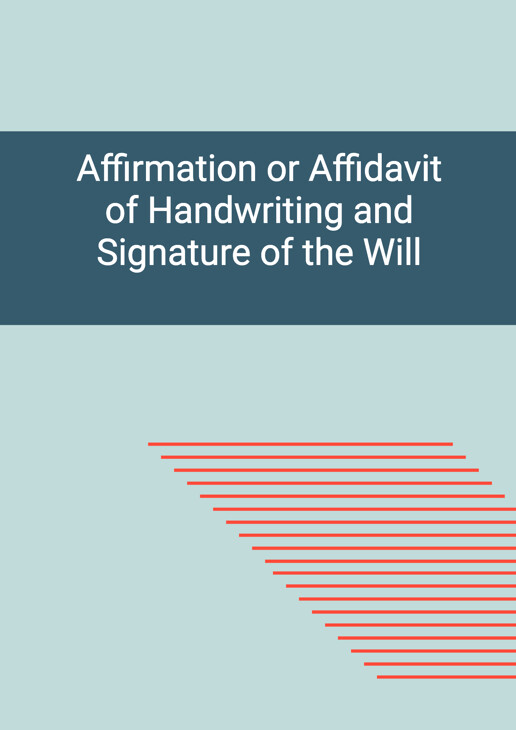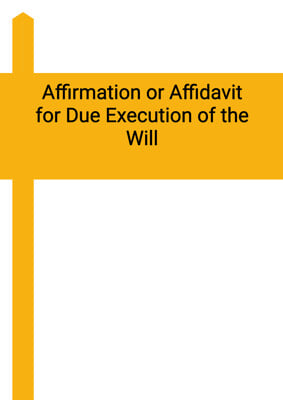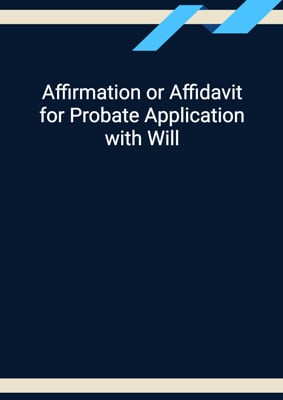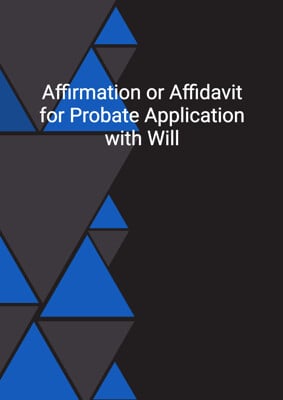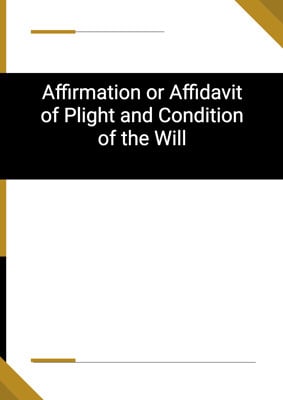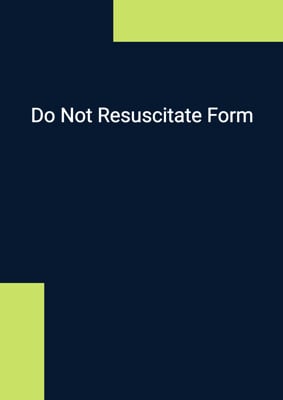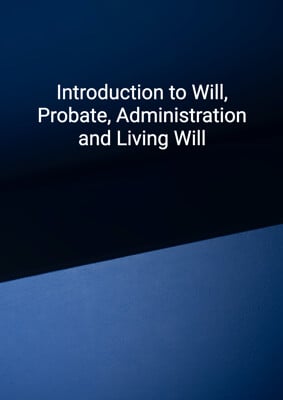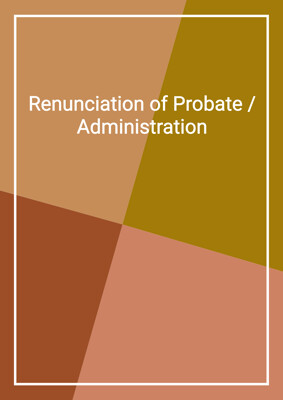How to Tailor the Document for Your Need?
01
Create Document
Fill in the details of the parties. You can click the "Fill with Member’s Information" button to complete it with information saved to your account.
02
Fill Information
Please fill in any additional information by following the step-by-step guide on the left hand side of the preview document and click the "Next" button.
03
Get Document
When you are done, click the "Get Document" button and you can download the document in Word or PDF format.
04
Review Document
The document should be signed by the authorised signatory (or directors of a company) and witnessed to complete the formality.
Document Preview
Document Description
The document titled 'Affirmation or Affidavit of Handwriting and Signature of the Will' is a legal document used in the court of domicile. It serves the purpose of affirming or swearing under oath the authenticity of the deceased's handwriting and signature on their last will. The document begins with an introduction that states the purpose and nature of the affirmation or affidavit.
The first section of the document provides background information about the affirmer or affiant. It states their name, position, and address. It also mentions their personal acquaintance with the deceased for many years. This establishes their credibility and expertise in recognizing the deceased's handwriting and signature.
The second section focuses on the affirmer's familiarity with the deceased's writing habits. It states that they have frequently witnessed the deceased write and sign documents, which has allowed them to become well acquainted with their handwriting.
The third section is the most crucial part of the document. It states that the affirmer has carefully examined the presented will, marked as 'a,' which is claimed to be the deceased's last will. The affirmer expresses their belief and confirmation that the entire will, including the signature, is indeed the true and proper handwriting and signature of the deceased.
The final section of the document includes a statement about the affirmer's current age. It also concludes with a declaration of truthfulness, either through affirmation or oath, depending on the chosen option. The affirmer's name and the location of affirmation or oath are also mentioned.
In summary, this document is of utmost importance in legal proceedings related to the deceased's will. It provides a detailed affirmation or affidavit regarding the authenticity of the deceased's handwriting and signature on their last will.
How to use this document?
1. Provide personal information: Fill in the affirmer's name, position, and address in the designated fields.
2. Establish acquaintance with the deceased: State the length of personal acquaintance with the deceased and emphasize the familiarity with their writing and signature.
3. Examine the will: Carefully examine the presented will, marked as 'a,' and ensure it is the last will of the deceased. Note the date of the will.
4. Confirm authenticity: Express a belief and confirmation that the entire will, including the signature, is the true and proper handwriting and signature of the deceased.
5. Specify current age: State the current age of the affirmer.
6. Declare truthfulness: Choose either affirmation or oath and make a declaration of truthfulness.
7. Provide name and location: Fill in the affirmer's name and the location where the affirmation or oath is made.
Note: This guidance focuses on the practical steps involved in using the document and emphasizes the importance of affirming or swearing under oath the authenticity of the deceased's handwriting and signature on their last will.
Not the right document?
Don’t worry, we have thousands of documents for you to choose from:
